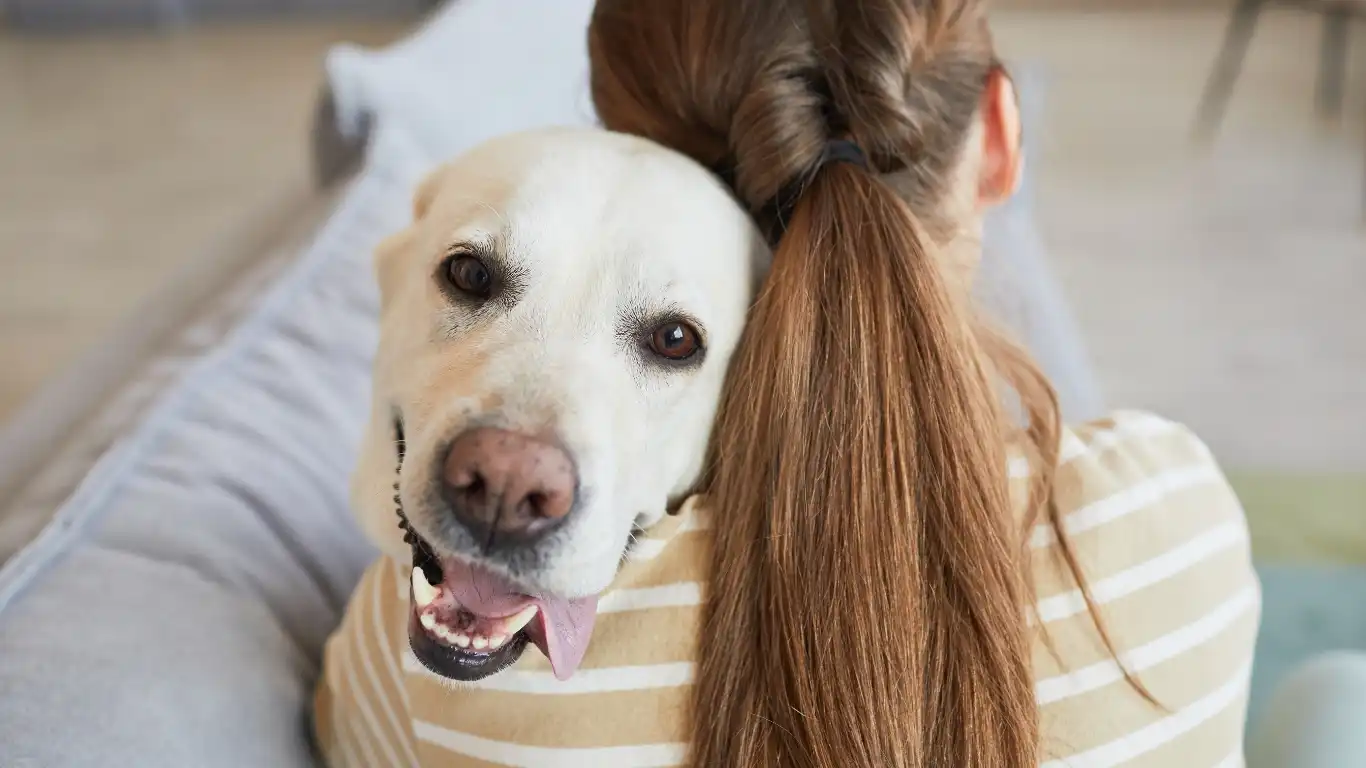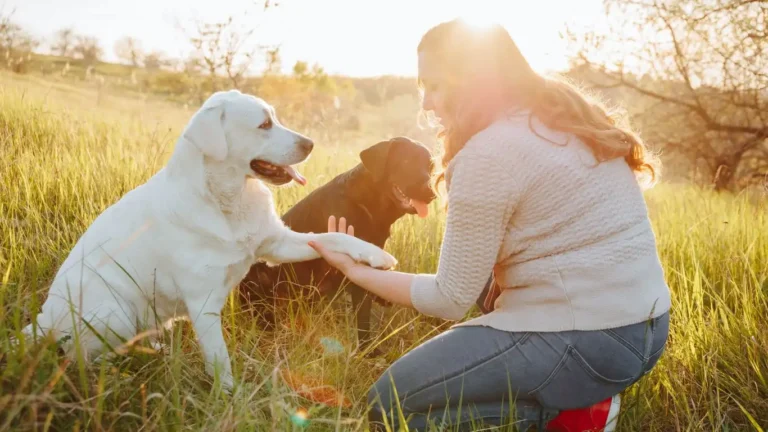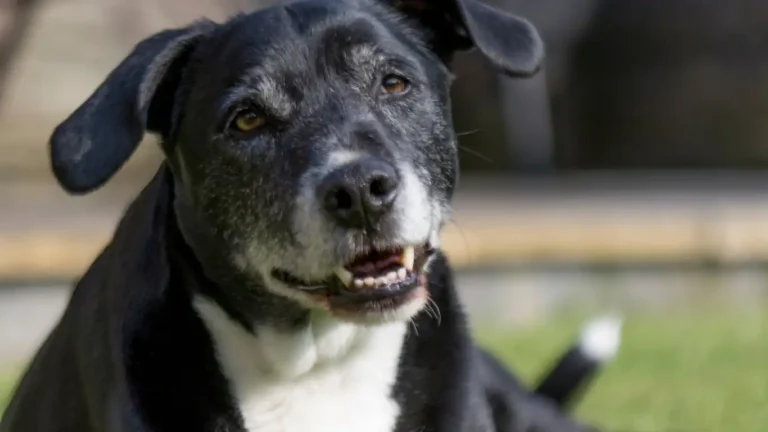Proven Tips to Help Your Dog Adjust to Life in an Apartment Easily
Moving into an apartment with your furry friend can feel like a big change—not just for you, but especially for your dog. I’ve worked with countless pet parents in my career as a Veterinary Technician specializing in nutrition, and one thing I’ve learned is that dogs thrive best when we understand their needs and help them adjust thoughtfully. So, if you’re wondering how to help your dog adjust to life in an apartment, you’re in the right place. It’s not just about space—it’s about mindset, routine, and creating a little oasis for your pup amidst the hustle and bustle of apartment living.
Understanding the Challenges Dogs Face in Apartment Living

Living in an apartment means less room to roam freely compared to a house with a backyard. For dogs, especially those used to open spaces, this sudden change can bring stress or anxiety. From my experience, I’ve noticed that dogs can show restlessness, excessive barking, or even withdrawal when they don’t get enough mental and physical stimulation.
There are a few common challenges that come up:
- Limited outdoor access: No backyard means relying on walks and outdoor trips to meet exercise needs.
- Noise sensitivity: Apartment noises—neighbors, traffic, elevators—can startle some pups.
- Restricted space: Smaller living areas can make it tricky for dogs to have their own comfy zone.
It’s important to acknowledge these challenges without feeling overwhelmed. With some patience and strategy, your dog can not only adapt but thrive in your new apartment home.
Creating a Comfortable, Dog-Friendly Apartment Space

Set Up a Safe, Cozy Zone
One of the first things I always recommend is establishing a dedicated spot just for your dog. It doesn’t have to be fancy—a soft bed, a favorite blanket, or even a crate can become their sanctuary. This helps them feel secure and gives them a go-to place to relax when apartment life feels overwhelming.
Use Calming Scents and Sounds
Many dogs benefit from gentle, calming scents like lavender or chamomile, which can be introduced safely via diffusers or sprays. Also, playing soft background music or white noise machines can drown out startling apartment sounds, helping your dog stay relaxed.
Keep Their Routine Consistent
From my years working alongside pet owners, the biggest game changer for adjustment is keeping a regular daily routine. Dogs are creatures of habit, so feeding, walks, playtime, and bedtime rituals done consistently build a reassuring structure in their day.
Exercise and Mental Stimulation: The Dynamic Duo for Apartment Dogs

Exercise doesn’t just mean physical activity—it’s equally about engaging your dog’s brain. When you live in an apartment, it’s crucial to make up for the smaller space by focusing on both these areas.
Daily Walks and Outdoor Breaks
As you figure out your apartment’s schedule, aim for at least two or three walks per day. It’s more than bathroom breaks; these walks are your pup’s chance to sniff, explore, and burn off energy. In my practice, I always stress quality over quantity—use these walks to bond and let your dog really engage with the environment.
Interactive Toys and Training Sessions
Keeping your dog mentally sharp is just as important as exercise. Puzzle feeders, treat-dispensing toys, or even quick training drills help keep boredom at bay. Plus, it strengthens your connection. I’ve seen dogs go from anxious to confident simply by adding 10 minutes of daily brain games.
Socialization Outside the Apartment
Apartment life can feel isolating for social pups. Plan regular visits to dog parks or arrange playdates. This helps your dog maintain social skills and release energy in a positive way.
Managing Noise and Anxiety in Apartment Living

One thing that often trips up new apartment dog parents is noise. From my experience, apartment sounds can be a real source of stress for dogs—things like neighbors talking, footsteps in the hall, or that unexpected garbage truck rumbling outside. Dogs have sensitive hearing, and those sudden, unfamiliar noises can trigger anxiety or barking.
Recognize Your Dog’s Triggers
The first step is tuning in to what exactly makes your dog uncomfortable. Is it the elevator ding? Voices? Or maybe the dog barking next door? Knowing the specifics helps you address it better. When I worked at the clinic, we often advised owners to keep a daily “noise log” for a few days to pinpoint these triggers.
Use Desensitization and Counterconditioning
This might sound fancy, but it’s really just a gradual, positive way to help your dog get used to the noises that scare them. Start by playing recordings of those sounds at a very low volume while doing something your dog loves—like treats or playtime. Over time, increase the volume bit by bit, always pairing the noise with positive experiences. This approach builds resilience and reduces fear.
Provide Comfort and Safe Spaces
Having a cozy nook where your dog feels protected can ease anxiety. Try using a crate or a snug corner with their bed, blankets, and some favorite toys. Adding a piece of your clothing with your scent can also be soothing. I’ve seen dogs settle down much faster in these safe zones when the outside world feels overwhelming.
Consider Calming Aids if Needed
Sometimes natural remedies like pheromone diffusers (Adaptil, for example) or anxiety wraps can make a big difference. In some cases, after consulting a vet, mild supplements or medications might be appropriate. I always stress that any supplement or medication should be vet-approved, especially if your dog has health conditions.
Nutrition’s Role in Helping Your Dog Adapt

As a Veterinary Technician who specializes in nutrition, I can’t overstate how diet impacts your dog’s mood and energy—key factors in adapting to new environments. When dogs experience stress, their digestive systems can get upset, and their overall health may decline if diet isn’t right.
Choose a Balanced, High-Quality Diet
Your pup needs the right balance of protein, fats, vitamins, and minerals to support their immune system and maintain energy. Look for foods that list real meat as the first ingredient and avoid fillers like corn or excessive by-products. In my years of hands-on work, switching to a nutrient-dense food often helps anxious dogs feel more grounded.
Incorporate Foods That Support Calmness
There are ingredients known to promote relaxation, like omega-3 fatty acids, tryptophan, and certain herbal supplements. Many premium diets include these, but you can also talk to your vet about adding supplements if needed. I’ve seen dogs benefit from diets enriched with fish oil or added antioxidants to help with stress management.
Keep Feeding Routine Consistent
Just like exercise and play, your dog’s feeding schedule matters. Regular mealtimes provide structure, which is reassuring for dogs navigating a new environment. Sudden changes in feeding times or diet can add to their anxiety, so gradual transitions are best when changing foods.
Building a Social Routine Outside Your Apartment

Apartment life often means less spontaneous interaction with other dogs and people. This can be tough, especially for social breeds or puppies. From what I’ve seen in practice, dogs that get regular, positive social experiences outside the apartment tend to adjust faster and display fewer behavioral issues.
Find Nearby Dog-Friendly Spots
Scout out local dog parks, pet-friendly cafes, or walking trails. Taking your dog to new places helps with mental stimulation and socialization. Plus, it’s a great way for you to meet fellow dog lovers who understand the quirks of apartment living.
Organize Playdates
Sometimes, regular interaction with one or two familiar dogs is better than the chaos of a big park. I recommend introducing your dog slowly to other calm dogs to build confidence. In the clinic, we often suggested scheduling weekly playdates to create a stable social circle.
Join Training or Activity Classes
Group training sessions, agility classes, or scent work can be fantastic outlets for energy and brainpower. These also strengthen your bond and boost your dog’s confidence in new environments. I’ve personally watched shy dogs blossom in these settings, and it’s incredibly rewarding to witness.
Handling Common Behavioral Issues in Apartment Dogs

Living in an apartment can sometimes bring out behaviors in dogs that wouldn’t otherwise be a problem. From my time working hands-on as a Veterinary Technician and nutrition specialist, I’ve seen how subtle stressors can lead to barking, chewing, or even separation anxiety. The good news? Most of these behaviors are manageable once you understand their root causes and have a few go-to strategies.
Dealing with Excessive Barking
Barking can be a natural way for dogs to communicate, but in an apartment setting, it’s often the top complaint from neighbors and owners alike. When I consult with pet parents, I emphasize looking beyond the noise to why your dog is barking. Is it boredom, fear, or maybe excitement?
Try these approaches to curb barking:
- Exercise first: A tired dog is a quieter dog. Make sure your pup is getting enough physical and mental stimulation each day.
- Interrupt and redirect: When your dog starts barking, calmly distract them with a toy or command like “sit.” Reward quiet behavior immediately.
- Use environmental management: Closing curtains or using white noise machines can reduce external triggers like sights or sounds outside.
Chewing and Destructive Behavior
Apartment life can sometimes make dogs feel confined, which leads to chewing as a stress outlet. I’ve often advised owners to provide plenty of chew toys and rotate them to keep things interesting. Additionally, ensuring your dog’s nutritional needs are met can improve their overall calmness and reduce destructive tendencies.
Separation Anxiety
This one’s tricky but common. Dogs that suddenly find themselves alone in a new, smaller space might feel more vulnerable. When I’ve worked with anxious dogs, slow desensitization helps—practice leaving the room for short periods and gradually increase time away, always rewarding calmness upon return.
Tips for Building a Strong Bond in Apartment Life

One of the best ways to help your dog adjust is simply to invest time in your relationship. Apartment living can be a little cramped, but it also means more opportunities to be together closely. Here’s what I recommend from my personal experience and years working alongside pet parents:
Quality Over Quantity
You don’t need hours of play every day—short, meaningful interactions count just as much. Whether it’s a quick training session, a cuddle on the couch, or a gentle grooming, these moments build trust and calm.
Learn Your Dog’s Language
Every dog communicates a bit differently. I encourage owners to watch for subtle signs like yawns, lip licking, or tail positions that indicate comfort or stress. The better you read your dog, the quicker you can respond to their needs and avoid issues.
Celebrate Small Wins
Adjusting to apartment life is a process, and every step forward is worth celebrating. Maybe your dog managed a full night without barking or learned a new trick to calm down. Recognizing these moments boosts your confidence and reinforces positive behavior for your dog.
When to Seek Professional Help
Sometimes, despite your best efforts, challenges persist. In those cases, don’t hesitate to reach out to a veterinarian, a certified dog trainer, or a veterinary behaviorist. These pros can offer tailored strategies that suit your dog’s specific needs.
In my career, I’ve seen how a combination of professional guidance, nutrition, and consistent routine works wonders for dogs struggling with apartment living. It’s all about supporting your dog holistically.
References and Resources
- American Veterinary Medical Association
- Association of Professional Dog Trainers
- American Kennel Club
- Centers for Disease Control and Prevention – Healthy Pets
Disclaimer
The information provided here is based on professional experience as a Veterinary Technician specializing in nutrition, combined with general best practices for dog care. It is intended for educational purposes and should not replace personalized advice from your veterinarian or a certified animal behaviorist. Always consult with your pet’s healthcare provider before making significant changes to diet, exercise, or behavioral plans.






